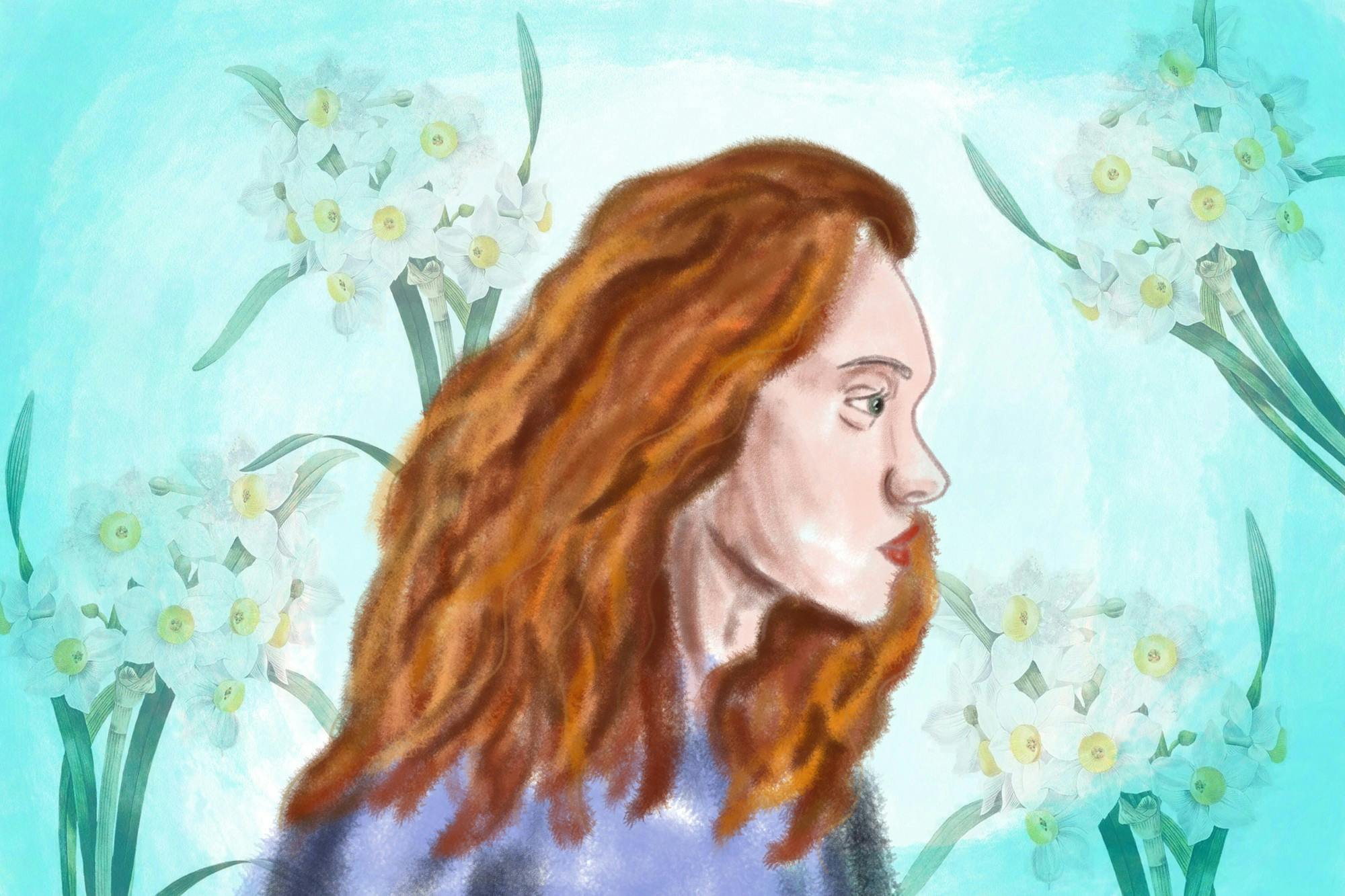“It Starts With Us” is Colleen Hoover’s sequel to her best-selling novel and BookTok sensation, “It Ends With Us.” The sequel begins directly after “It Ends With Us” and brings the reader through the intricacies of life after divorce and domestic abuse. “It Starts With Us” is a lighter read than its predecessor, allowing the reader to experience Atlas and Lily’s relationship as they navigate divorce, found family and starting a new life after abuse. In many ways, Hoover presents a “second-chance” romance that alternates between Atlas’s and Lily’s points of views. “It Ends With Us” must be read first in order to fully understand the magnitude of some of the trivial events in “It Starts With Us.”
It’s clear that Hoover trusts her audience and doesn’t shy away from harsh themes in any of her novels; she certainly does not portray an uncomplicated love in “It Starts With Us.” While playing with the sweet idea of a reunited first love, Hoover makes the struggle of relationships clear: You always have to work towards love. “It Starts with Us” consistently provides intriguing storylines that feel honest for the lives of the characters, showing both the messy and the beautiful.
Unique among sequels, the story didn’t feel dragged out: “It Starts With Us” has enough action and driving themes to make it its own individual story. While not a standalone, the plotlines reflected in this novel feel fresh and separated from “It Ends With Us,” developing the story in a tasteful way.
As a child of divorced parents and a childhood filled with co-parenting, “It Starts With Us” deeply resonated with me and felt like an accurate portrayal of the difficulties of marriage which I saw growing up. Almost half of marriages end in divorce, and this novel makes this statistic come to life.
Initially toying the line between respecting her ex-husband, Ryle, and his position in her life and wanting to move on in her love life, Lily eventually sees what she deserves in a romantic relationship and takes the steps to having a better life, following her divorce at the end of “It Ends With Us.”
In “It Starts With Us,” Atlas and Lily attempt to rekindle the love they felt for each other as teenagers, but must deal with the repercussions their love may have now as adults. Hoover illustrates a beautiful, innocent love between Atlas and Lily. Atlas and Lily love each other like kids. They love each other like cheesy one-liners from “Finding Nemo” — a frequent inside joke throughout both books. Their love is sweet and embarrassing, but is much healthier than the toxic relationships they both experienced before. Perhaps love should be a bit naive, Hoover suggests.
In addition to love, Hoover also explores the complexity of hate — playing with the readers’ sense of right and wrong. In making her readers feel empathy for the antagonists in the novel, Hoover effectively proves that there is no true “antagonist” in life.
Every antagonist in “It Starts With Us” fell into a gray, middle-ground role of both victim and enabler, including both ex-lovers and ex-mothers. These complex characters were taught or treated poorly, leading them to be hurt and lash out against Lily and Atlas. The “antagonists” in the novel were not easy to dislike: They simply didn’t have the same resources as Lily and Atlas. They remained in a cycle of relationship violence, despite their efforts to start something new. The novel never paints them in a negative light but rather shows how these people may not fit in the lives of those recovering from abuse. The antagonists in “It Starts With Us” have the potential to be protagonists — if only given the proper help.
“It Starts With Us” digs deeper into Atlas’s story than its predecessor. Where the previous book often highlighted Lily’s point of view, “It Starts With Us” shows us more of Atlas’s perspective. The novel dives beneath the surface, and provides backgrounds on Atlas, Lily and Ryle. The flashback scenes between younger Atlas and Lily show us the enduring impacts of abuse. Readers can see how abuse can affect every relationship the victim has and will continue to have. It can end the cycle of violence or perpetrate it; regardless, it’s difficult to blame the victim.
Simply, “It Ends With Us” is about someone who has the support and resources to break out of the cyclical nature of violence. “It Starts With Us” instead focuses on recovery and starting a new life of healthy love. It’s a story about feeling loved for the first time and giving the love you believe others deserve from you. This book explains that not all parental love is unconditional and not all romantic love will end. I feel certain that readers will find parallels between the novel and their own life, particularly the messiness that comes with love and loving.
“It Starts With Us” explores the reality of relationships: Falling in love is easy, but loving is hard work. And in some way, all relationships are flawed — we simply must choose which imperfections we are willing to accept. As we grow older, we all redefine relationships, perhaps reflecting your parents’ love or an act of caring that you received when you were twelve. Some love arrives all at once, like typical parental love, and some love is felt in an instance.
Overall, “It Starts With Us” is a beautiful read to complete the story started in “It Ends With Us.” The novel gently resolves some of the trauma at fault in the first novel and demonstrates to readers the possibility of happiness in fearful new beginnings. While lacking the emotional depth that made its predecessor so powerful, “It Starts With Us” successfully continues Lily’s story by telling the story of second chance love.
Rating: ★★★★☆




